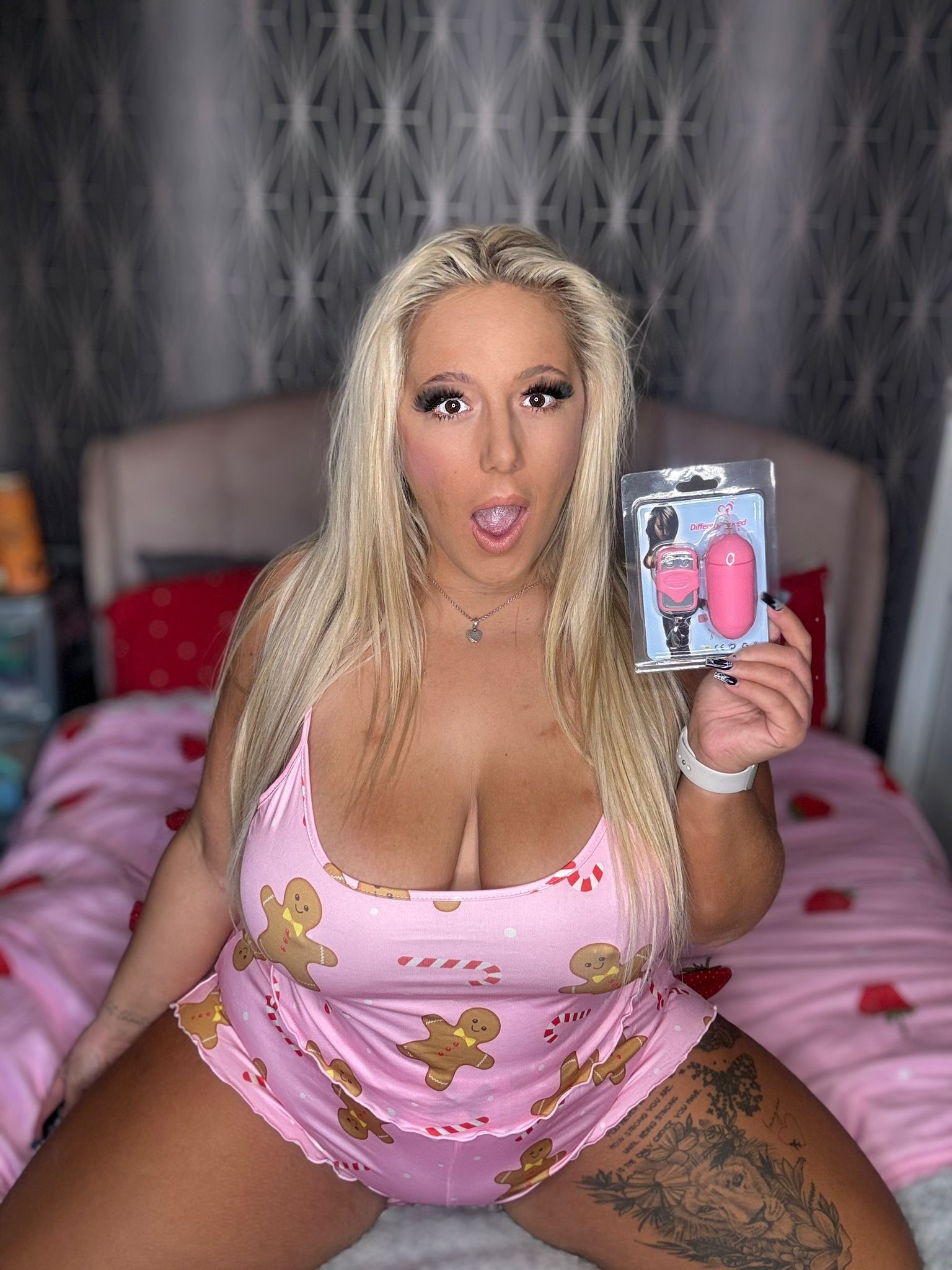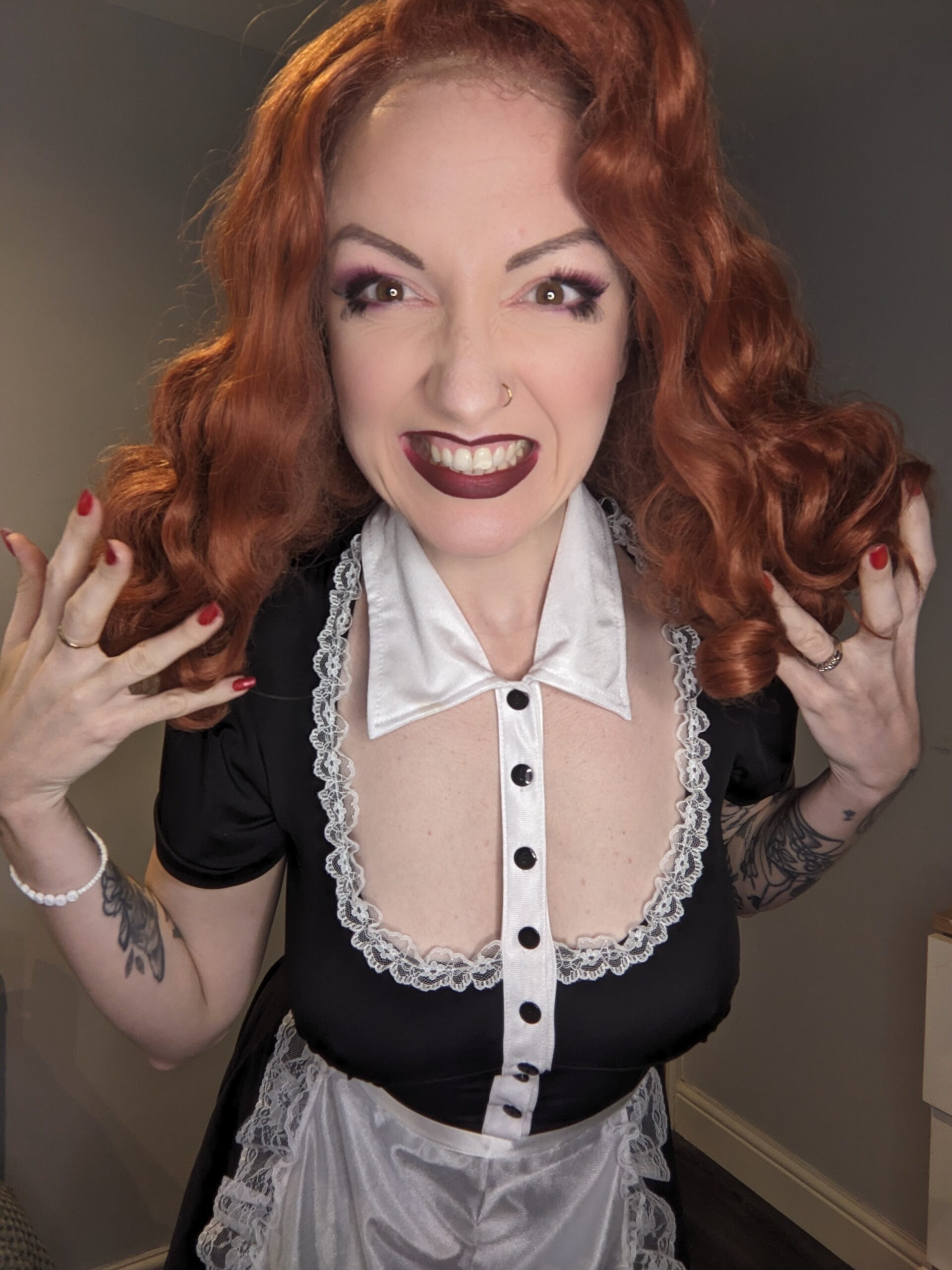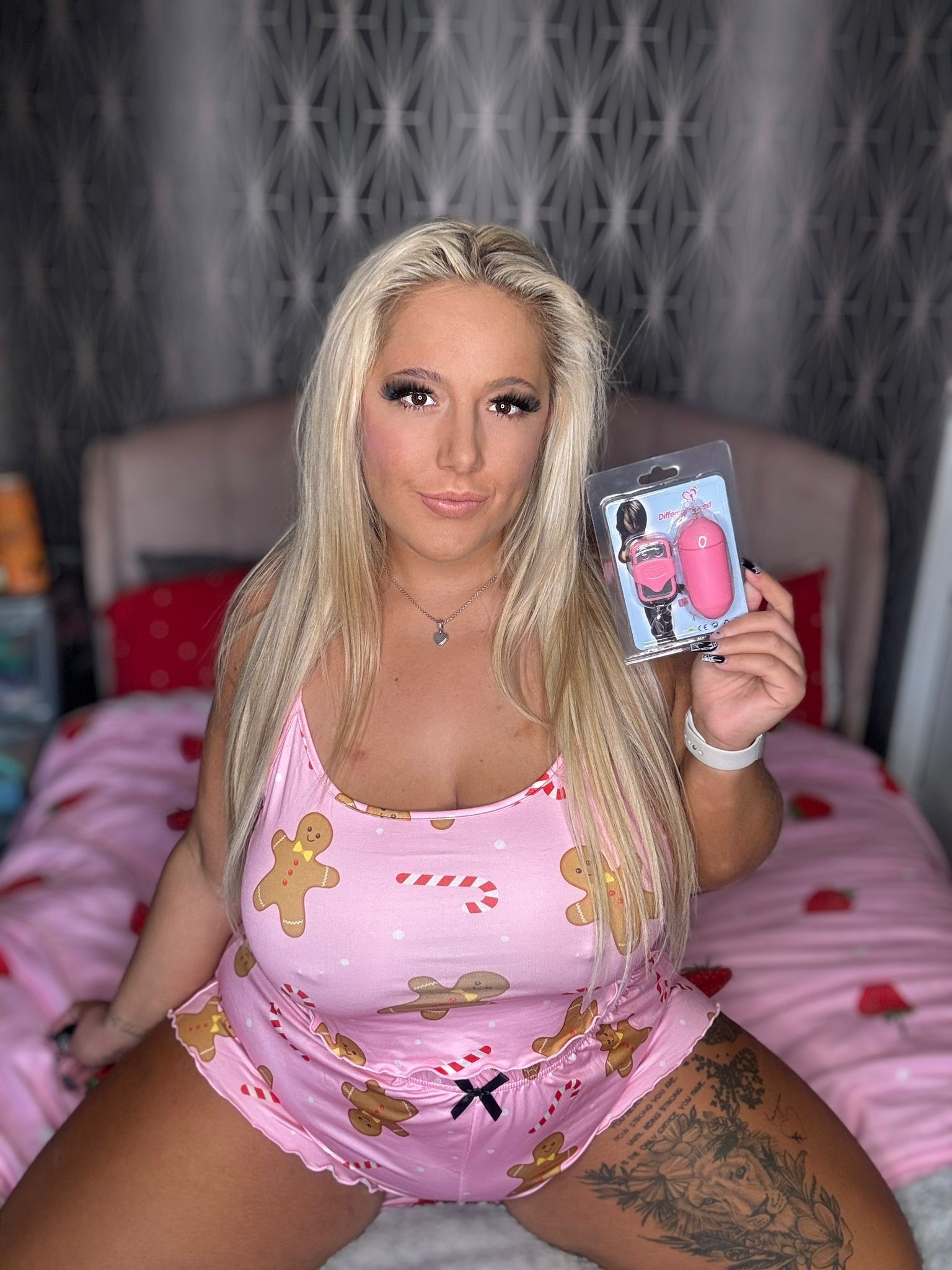Pansexuality Explained: How It Challenges The Gender Binary

Understanding Pansexuality
Pansexuality is a sexual orientation characterized by attraction to people regardless of their gender identity or expression. This understanding challenges traditional notions of sexuality that often categorize individuals into strict binary categories of male and female.
Definition and Spectrum

Pansexuality is a sexual orientation characterized by attraction to people regardless of their gender identity or expression. This understanding challenges traditional notions of sexuality that often categorize individuals into strict binary categories of male and female.
The term “pansexual” comes from the Greek words “pan,” meaning “all,” and “sexus,” meaning “sex.” Pansexual individuals may be attracted to people of all genders, including transgender, non-binary, and genderqueer individuals.
- It’s important to distinguish pansexuality from bisexuality, although the terms are often used interchangeably.
- While both orientations involve attraction to multiple genders, bisexuality typically refers to attraction to two genders (often men and women).
- Pansexuality embraces a wider spectrum of gender identities.
By recognizing the fluidity and diversity of gender identities, pansexuality promotes inclusivity and challenges societal norms that limit our understanding of love and attraction.
Beyond Sexual Orientation
Pansexuality is a sexual orientation characterized by attraction to people regardless of their gender identity or expression. This understanding challenges traditional notions of sexuality that often categorize individuals into strict binary categories of male and female.
The term “pansexual” comes from the Greek words “pan,” meaning “all,” and “sexus,” meaning “sex.” Pansexual individuals may be attracted to people of all genders, including transgender, non-binary, and genderqueer individuals.
- It’s important to distinguish pansexuality from bisexuality, although the terms are often used interchangeably.
- While both orientations involve attraction to multiple genders, bisexuality typically refers to attraction to two genders (often men and women).
- Pansexuality embraces a wider spectrum of gender identities.
By recognizing the fluidity and diversity of gender identities, pansexuality promotes inclusivity and challenges societal norms that limit our understanding of love and attraction.
Pansexuality vs. Bisexuality
Pansexuality is a sexual orientation characterized by attraction to people regardless of their gender identity or expression.
This understanding challenges traditional notions of sexuality that often categorize individuals into strict binary categories of male and female.
The term “pansexual” comes from the Greek words “pan,” meaning “all,” and “sexus,” meaning “sex.” Pansexual individuals may be attracted to people of all genders, including transgender, non-binary, and genderqueer individuals.
- It’s important to distinguish pansexuality from bisexuality, although the terms are often used interchangeably.
- While both orientations involve attraction to multiple genders, bisexuality typically refers to attraction to two genders (often men and women).
- Pansexuality embraces a wider spectrum of gender identities.
By recognizing the fluidity and diversity of gender identities, pansexuality promotes inclusivity and challenges societal norms that limit our understanding of love and attraction.
Challenging the Gender Binary
Pansexuality is a sexual orientation defined by attraction to individuals regardless of their gender identity or expression. This perspective directly challenges the traditional and often rigid binary system of categorizing people as male or female.
Traditional Gender Roles
Pansexuality is a sexual orientation characterized by attraction to people regardless of their gender identity or expression. This understanding challenges traditional notions of sexuality that often categorize individuals into strict binary categories of male and female.
The term “pansexual” comes from the Greek words “pan,” meaning “all,” and “sexus,” meaning “sex.” Pansexual individuals may be attracted to people of all genders, including transgender, non-binary, and genderqueer individuals.
- It’s important to distinguish pansexuality from bisexuality, although the terms are often used interchangeably.
- While both orientations involve attraction to multiple genders, bisexuality typically refers to attraction to two genders (often men and women).
- Pansexuality embraces a wider spectrum of gender identities.
By recognizing the fluidity and diversity of gender identities, pansexuality promotes inclusivity and challenges societal norms that limit our understanding of love and attraction.

The Impact of Social Norms
Pansexuality challenges the traditional gender binary by recognizing the fluidity and diversity of gender identity. The gender binary, which categorizes people as strictly male or female, often restricts our understanding of sexuality and limits the ways in which individuals can express themselves.
This rigid framework can be harmful to individuals who do not identify with these binary categories. Pansexuality acknowledges that gender is a spectrum and that attraction can exist beyond traditional binaries.
By embracing individuals of all genders, pansexuality promotes inclusivity and encourages a more expansive and accepting view of human relationships.
Pansexuality as a Rejection of Binary Categories
Pansexuality challenges the traditional gender binary by recognizing the fluidity and diversity of gender identity. The gender binary, which categorizes people as strictly male or female, often restricts our understanding of sexuality and limits the ways in which individuals can express themselves.
This rigid framework can be harmful to individuals who do not identify with these binary categories. Pansexuality acknowledges that gender is a spectrum and that attraction can exist beyond traditional binaries.
By embracing individuals of all genders, pansexuality promotes inclusivity and encourages a more expansive and accepting view of human relationships.
Experiences of Pansexual People
Pansexuality challenges the traditional gender binary by recognizing the fluidity and diversity of gender identity. The gender binary, which categorizes people as strictly male or female, often restricts our understanding of sexuality and limits the ways in which individuals can express themselves.
This rigid framework can be harmful to individuals who do not identify with these binary categories. Pansexuality acknowledges that gender is a spectrum and that attraction can exist beyond traditional binaries.
By embracing individuals of all genders, pansexuality promotes inclusivity and encourages a more expansive and accepting view of human relationships.
Visibility and Representation
Pansexuality challenges the traditional gender binary by recognizing the fluidity and diversity of gender identity. The gender binary, which categorizes people as strictly male or female, often restricts our understanding of sexuality and limits the ways in which individuals can express themselves.
This rigid framework can be harmful to individuals who do not identify with these binary categories. Pansexuality acknowledges that gender is a spectrum and that attraction can exist beyond traditional binaries.
By embracing individuals of all genders, pansexuality promotes inclusivity and encourages a more expansive and accepting view of human relationships.
Experiences of pansexual people are often shaped by the lack of visibility and representation they face in society. Growing up, many pansexual individuals may struggle to understand their own identity due to the limited portrayal of diverse sexual orientations in media and popular culture.
This lack of representation can lead to feelings of isolation and confusion, as pansexual people may not see themselves reflected in the stories around them. They may also encounter prejudice and discrimination from those who do not understand or accept their identity.
However, with increasing awareness and acceptance of LGBTQ+ identities, pansexual visibility is growing.
More pansexual individuals are coming out publicly, sharing their stories, and advocating for greater understanding.
This increased visibility is crucial for creating a more inclusive society where everyone feels seen and accepted.
Dating and Relationships
Experiences of pansexual people are often shaped by the lack of visibility and representation they face in society. Growing up, many pansexual individuals may struggle to understand their own identity due to the limited portrayal of diverse sexual orientations in media and popular culture.
This lack of representation can lead to feelings of isolation and confusion, as pansexual people may not see themselves reflected in the stories around them. They may also encounter prejudice and discrimination from those who do not understand or accept their identity.
However, with increasing awareness and acceptance of LGBTQ+ identities, pansexual visibility is growing.
More pansexual individuals are coming out publicly, sharing their stories, and advocating for greater understanding.
This increased visibility is crucial for creating a more inclusive society where everyone feels seen and accepted.
Intersectionality and Other Identities
Experiences of pansexual people are often shaped by the lack of visibility and representation they face in society. Growing up, many pansexual individuals may struggle to understand their own identity due to the limited portrayal of diverse sexual orientations in media and popular culture.
This lack of representation can lead to feelings of isolation and confusion, as pansexual people may not see themselves reflected in the stories around them. They may also encounter prejudice and discrimination from those who do not understand or accept their identity.
However, with increasing awareness and acceptance of LGBTQ+ identities, pansexual visibility is growing. More pansexual individuals are coming out publicly, sharing their stories, and advocating for greater understanding.
This increased visibility is crucial for creating a more inclusive society where everyone feels seen and accepted.
Intersectionality, the concept that various social identities intersect and influence each other, plays a significant role in shaping the experiences of pansexual people. Pansexual individuals may hold multiple intersecting identities such as race, ethnicity, gender identity, religion, or socioeconomic status.
These intersecting identities can create unique challenges and opportunities for pansexual individuals. For example, a Black pansexual woman might face different forms of discrimination and societal pressures compared to a white pansexual woman.
Understanding intersectionality is essential for creating truly inclusive spaces that acknowledge and respect the diverse experiences of all individuals.

Supporting Pansexual Individuals
Pansexuality challenges traditional notions of sexuality by embracing attraction to people regardless of their gender identity or expression. This understanding goes beyond the confines of a strict male/female binary, recognizing the fluidity and diversity of gender identities.
Education and Awareness
Supporting pansexual individuals involves creating an environment of understanding, acceptance, and inclusivity. Here are some ways to contribute:
- Education: Educate yourself about pansexuality. Understand that it’s a valid sexual orientation characterized by attraction to all genders.
- Listen and Learn: Create safe spaces for pansexual individuals to share their experiences without judgment. Actively listen and learn from their perspectives.
- Respect Pronouns: Use the correct pronouns that align with an individual’s gender identity. If you’re unsure, politely ask.
- Challenge Stereotypes: Speak out against harmful stereotypes and misinformation about pansexuality. Promote accurate representation in media and popular culture.
- Be an Ally: Stand up for pansexual individuals when they face discrimination or prejudice. Show your support through words and actions.
- Support Organizations: Donate to or volunteer with organizations that advocate for LGBTQ+ rights and pansexual visibility.
Remember, creating a more inclusive world starts with each of us. By embracing diversity and fostering understanding, we can build a society where everyone feels valued and respected.
Creating Inclusive Spaces
Supporting pansexual individuals involves creating an environment of understanding, acceptance, and inclusivity. Here are some ways to contribute:
- Education: Educate yourself about pansexuality. Understand that it’s a valid sexual orientation characterized by attraction to all genders.
- Listen and Learn: Create safe spaces for pansexual individuals to share their experiences without judgment. Actively listen and learn from their perspectives.
- Respect Pronouns: Use the correct pronouns that align with an individual’s gender identity. If you’re unsure, politely ask.
- Challenge Stereotypes: Speak out against harmful stereotypes and misinformation about pansexuality. Promote accurate representation in media and popular culture.
- Be an Ally: Stand up for pansexual individuals when they face discrimination or prejudice. Show your support through words and actions.
- Support Organizations: Donate to or volunteer with organizations that advocate for LGBTQ+ rights and pansexual visibility.
Remember, creating a more inclusive world starts with each of us. By embracing diversity and fostering understanding, we can build a society where everyone feels valued and respected.
Advocating for Equality
Supporting pansexual individuals involves fostering an environment of understanding, acceptance, and inclusivity. Here’s how you can contribute:
- **Educate Yourself:** Learn about pansexuality, understand it as a valid sexual orientation defined by attraction to people regardless of gender identity or expression.
- **Listen and Learn:** Create safe spaces for pansexual individuals to share their experiences without judgment. Listen actively and learn from their perspectives.
- **Respect Pronouns:** Use the correct pronouns that align with an individual’s gender identity. If unsure, politely ask.
- **Challenge Stereotypes:** Speak out against harmful stereotypes and misinformation about pansexuality. Advocate for accurate representation in media and popular culture.
- **Be an Ally:** Stand up for pansexual individuals when they face discrimination or prejudice. Show your support through words and actions.
- **Support Organizations:** Donate to or volunteer with organizations that advocate for LGBTQ+ rights and pansexual visibility.
Remember, building a more inclusive society requires conscious effort from each of us. By embracing diversity and fostering understanding, we can create a world where everyone feels valued and respected.
back bend sex position
Read the article for more context
Browse the full story here
- Polynucleotides Injectables Near New Malden And Coombe, Surrey - October 24, 2025
- Obagi Blue Peel Radiance Peel Near Redhill, Surrey - October 19, 2025
- Obagi Blue Peel Radiance Peel Near Claygate, Surrey - October 17, 2025
